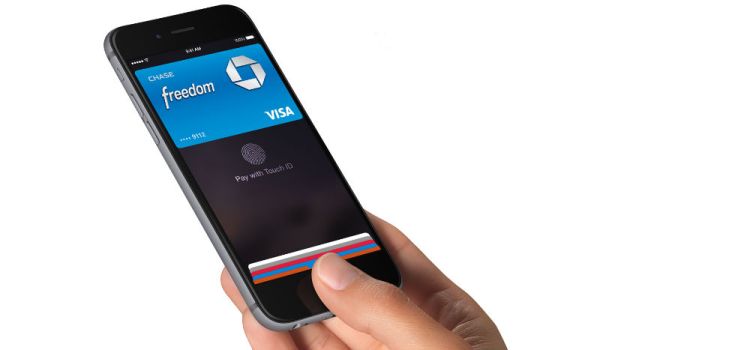When will you ever learn not to buy clothing for her? Anyway, your annual trip to the returns counter might be a bit more high tech this year.
A good number of people will be using Apple Pay to do their holiday shopping this year. Apple activated a million people on Apple Pay during the first 72 hours of its availability. Some are predicting that almost a third of U.S. consumers intend to use mobile payments this holiday season.
Many of the shoppers will end up doing some returns after the gifts they bought were too big, too small, the wrong brand, or just lame.
So how do returns work with Apple Pay? Pretty well, actually, although some of the convenience of Apple Pay returns depends on the merchant.
The main thing to understand about Apple Pay is that Apple built the system to do just what credit and debit cards normally do. The cards are just on your phone, not in your wallet.
Apple Pay is more secure, because it hides your actual credit card number. For each transaction, a unique ID number is generated and shared with the bank that issued the card. The bank then determines that the transaction is coming from your device and authorizes the transfer of funds to the vendor.
For product returns, the process simply moves in reverse. Ideally, you will show up at the returns desk with both your phone and a receipt. Then the merchant will match the receipt with the card you used in Apple Pay and issue a credit to that account.
In some cases, the merchant might require you to touch your phone to the point-of-sale terminal to process the return. Then you just hold your phone near the card reader, select the card you used for the purchase from Passbook, and rest your thumb on the TouchID button.
If you don’t have your receipt, some merchants may be willing to use your phone’s unique “device account number” to look up the receipt in their system. To see the last four digits of the device account number, go to Passbook, tap the card, and hit the little “i” in the circle down at the right bottom corner of the screen. If the merchant can find a receipt that matches with that number, bingo, they’re likely to issue the refund. Depending on the return and refund policies of the store, it may take up to several days for the return transaction to appear on your credit or debit card statement.
This feature is nice but not exactly unique. Merchants can look up transactions using the last four digits of your plastic credit card, too. And other merchants may require a receipt. So, in general, Apple Pay works very much like regular credit and debit cards when it comes to returns.
The Apple Pay system intentionally does not capture transaction receipts because Apple chose not to capture such data at all, for privacy reasons. It would be convenient if a copy of the original receipt was stored in Apple Pay.
Most cards supply only shorter descriptions of the last one or five or ten transactions, depending on the card. However, being able to use your device account number to find receipts in a merchant’s system could come in very handy.
VentureBeat's mission is to be a digital town square for technical decision-makers to gain knowledge about transformative enterprise technology and transact. Learn More

